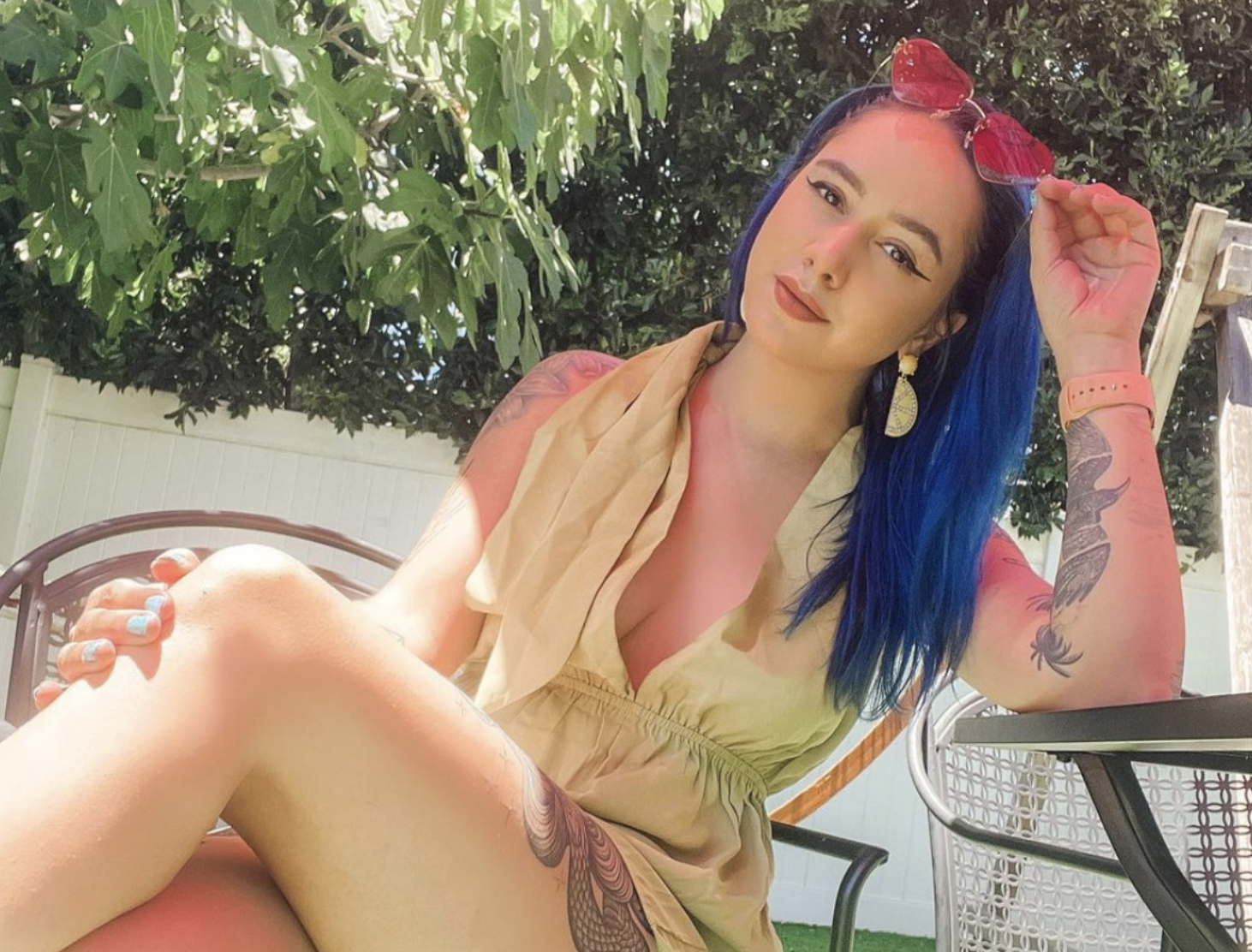In the days of old (like 2005), we had YouTubers and Myspace stars and the buck pretty much stopped there. The word “influencer” wasn’t a word anyone uttered, certainly not with the feeling of immense embarrassment that most of us now feel saying it, but with the rise of new social media platforms like Instagram came the creation of the influencer market. As a creator, you likely have one platform that contains most of your audience, and this is typically the platform you started on. But is it wise to leave that audience in one place? And how easy is it to migrate said audience to a different platform?
Long explanation short, diversifying an audience can increase audience outreach, foster a larger community, and assure that you’re never at the whim of a single algorithm. That’s easier said than done, however. The Kardashians and Jenners have been vocal about their declining platforms on Instagram as Tiktok takes over the younger market. Tiktok values authenticity before all else, and the Kardashian/Jenner brand isn’t exactly known for being authentic. That said, if people like the Kardashians with massive audiences are having a tough time migrating to a new platform, then it’s definitely going to be difficult for the average creator.
Instead of focusing on migration, the focus should be on building anew. With cross promotion, some of your audience will inevitably follow you to new platforms, but that number is finite, and most likely low. Once that initial group of loyal viewers converts to your new pages, you’re unlikely to get many more beyond that. Instead of cross promoting to the point of irritating your followers and potentially losing some, put yourself out there and get new ones! Instagram, Tiktok, Youtube, and the others have their own built in user base. Each platform also has their own form of monetization, making it absolutely worth it to learn a new skill and grow a new community.
As long as you understand the ins and outs of your niche, you should be able to find your footing again. The learning curve is discovering what content to post on each individual platform and how to optimize that post. Instagram is entirely visual and heavily favors brands. Twitter values real time updates. Tiktok is personality focused and wants to see your human side, not your highlight reel. Learning how to be flexible and optimize your content to fit each platform's needs is a necessary skill if you want to expand your community past what you have now.
There’s also the added perk of the additional data you’ll get from each new platform, allowing you to look better to brands and potential partnerships. The content you make on Instagram may mostly appeal to an 80% female audience between 20-35, whereas your Tiktok content could garner more of a male audience, allowing you to work with more diverse companies that appeal to men.
Knowing what you now know, the next step is to get started! Review your niche and brainstorm how to turn that niche into video content, still image, and text. Making these changes and learning the skills each platform requires can as much as triple your audience, and therefore your earnings!

